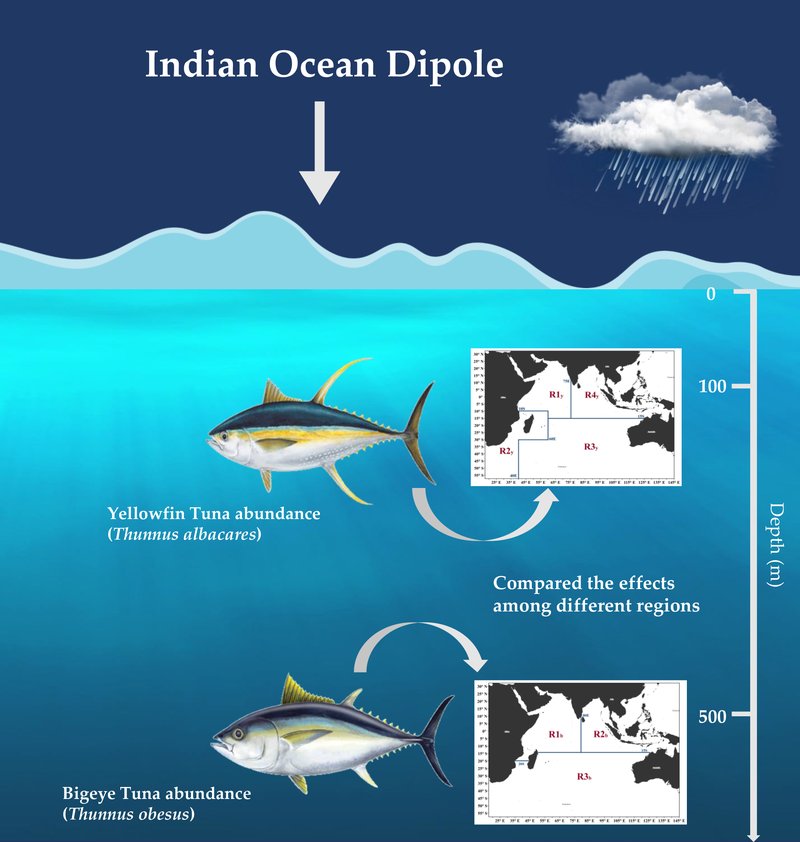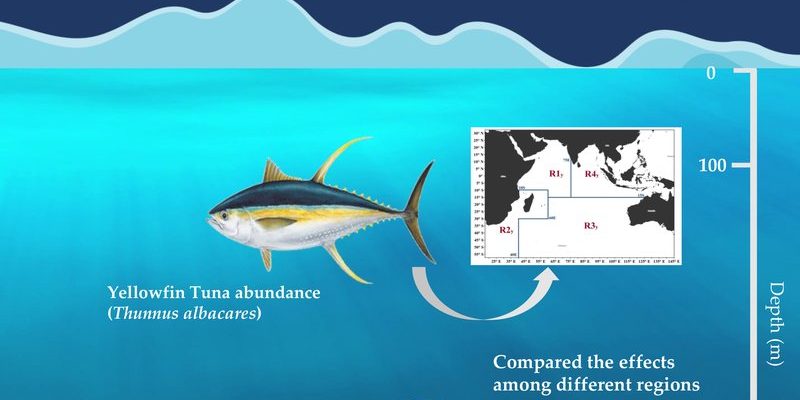
Yellowfin tuna are like the athletes of the ocean—fast, powerful, and incredibly valuable. Found in warm waters, they play a vital role in the marine ecosystem and are a favorite among sushi lovers worldwide. But here’s the thing: as climate change continues to change ocean temperatures and ecosystems, yellowfin tuna are feeling the heat—literally. Let’s dive deeper and see how climate change is reshaping their future.
Understanding the Yellowfin Tuna
To appreciate how climate change affects the yellowfin tuna, we first need to understand what makes these fish so special. Yellowfin tuna can weigh up to 400 pounds and swim at speeds over 50 miles per hour. They have striking yellow fins and a sleek body designed for speed. These attributes make them not only fascinating but also a key player in ocean food webs.
Yellowfin tuna are highly migratory, meaning they travel great distances in search of food and warmer waters. This kind of travel is essential for their survival, especially since they hunt for prey like squid and smaller fish. Typically, they thrive in tropical and subtropical oceans, but as climate change warms the waters, their habitats are shifting. Simply put, the climate crisis is forcing them to adapt without any say in the matter.
How Rising Sea Temperatures Impact Yellowfin Tuna
One of the most immediate effects of climate change is rising sea temperatures. Warm water is necessary for yellowfin tuna—it’s where they hunt, breed, and thrive. But too much heat can throw everything off balance.
When water temperatures rise beyond optimal levels, several things can happen:
- Altered Migration Patterns: Yellowfin tuna may move to cooler waters, which could disrupt their breeding and hunting grounds.
- Changes in Prey Availability: As water warms, the species they depend on for food may also migrate, leading to food shortages.
- Increased Disease Risks: Warmer waters can lead to an uptick in diseases and parasites, which can threaten tuna populations.
If you think about it, it’s like a restaurant changing its menu overnight. If yellowfin tuna can’t find their favorite dishes, they’re in for a tough time.
The Effects of Ocean Acidification
Another major player in the climate change game is ocean acidification. As we burn fossil fuels, carbon dioxide (CO2) levels rise, and much of that CO2 gets absorbed by the oceans. This process alters the water’s chemistry, making it more acidic.
For yellowfin tuna, this shift can be particularly harmful. Acidic waters can affect the growth of smaller fish and organisms that make up their diet. Reduced availability of food means less energy for these magnificent fish. Additionally, young tuna may find it harder to survive in these changing waters, potentially leading to fewer adults in the future.
Imagine if your favorite fruit stand suddenly stopped carrying mangoes or berries—that would be a big bummer! For yellowfin tuna, diminishing food options due to acidification can lead to a similar fate.
Impact on Fishing Industries
The repercussions of climate change extend beyond yellowfin tuna themselves; they ripple throughout entire fishing industries. These fish contribute significantly to the global economy. Fishermen rely on stable tuna populations for their livelihoods, and disruptions can lead to economic hardship.
As tuna migrate to cooler waters, fishermen might have to travel farther or change their fishing practices, which can increase costs and reduce catches. Some communities could face challenges in maintaining their way of life, especially in regions heavily dependent on tuna fishing.
Here’s the kicker: as tuna become harder to find, the price for them is likely to rise. You might notice that your favorite sushi spot charges a bit more for that tuna roll.
Conservation Efforts and Sustainable Practices
Despite these daunting challenges, there’s hope through conservation efforts. Many organizations are working tirelessly to protect yellowfin tuna and their habitats. Sustainable fishing practices are gaining traction, which means catching fish in a way that supports their populations instead of depleting them.
Among these practices, some key methods include:
- Using Selective Fishing Gear: This reduces bycatch and ensures only target species are caught.
- Implementing Quotas: Limits on how much tuna can be caught within a certain period help maintain population levels.
- Creating Marine Protected Areas: These regions can be off-limits for fishing, providing safe havens for tuna to breed and thrive.
Through collective efforts, we can work towards a sustainable future for yellowfin tuna. It’s kind of like building a safety net for them.
The Role Individuals Can Play
While it may seem like climate change is a massive issue that only large organizations can tackle, individual actions matter too. As consumers, we have the power to make choices that can help preserve yellowfin tuna populations.
Here are a few ways you can make a difference:
- Choose Sustainable Seafood: Look for eco-friendly certifications when buying fish.
- Reduce Your Carbon Footprint: Use public transport, bike, or walk whenever possible to minimize emissions.
- Spread Awareness: Talk about the issues facing tuna and climate change with friends and family.
By making small changes in our daily lives, we can contribute to the bigger picture. It’s like adding a single drop of water to a bucket—you might not see the effect right away, but over time, it can fill up.
The Future of Yellowfin Tuna
Looking ahead, the future of yellowfin tuna hangs in the balance. As climate change continues to evolve, we need to adapt our strategies accordingly. This includes better research, more effective conservation measures, and a strong commitment from both local communities and governments worldwide.
In a way, it’s similar to a community coming together to support a common cause. Everyone has a role to play, whether that’s through fishing responsibly, supporting sustainable practices, or even just being more conscious of our choices. If we can work together, there’s a chance for yellowfin tuna to thrive despite the challenges climate change presents.
In conclusion, the story of yellowfin tuna is a reflection of larger environmental issues we face today. As we observe the impacts of climate change on these remarkable fish, let’s remember that the choices we make today can shape the ocean’s future tomorrow. By understanding and addressing these changes, we can help ensure that yellowfin tuna remain a vital part of our oceans and our plates for generations to come.

